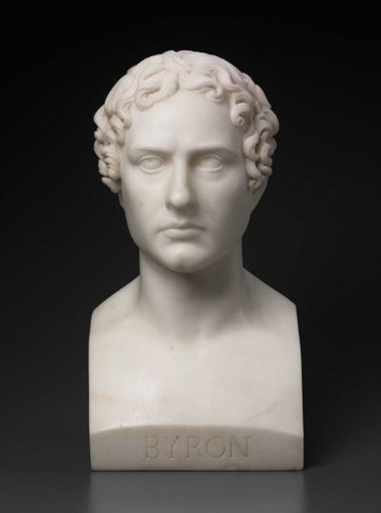Sculptor Bertel Thorvaldsen was all the rage in post-NapoleonicRome. They love him still in Denmark, where he is a national institution.
Rome, 1817: Lord Byron, wrapped in a black cloak, his hair romantically tousled, strides into the studio of the Danish sculptor Bertel Thorvaldsen to sit for his portrait bust. The two men do not get along terribly well. Byron considers Thorvaldsen tame, Thorvaldsen finds Byron affected (neither is completely mistaken in his judgement).
A few years later, Hans Christian Andersen wrote down Thorvaldsen's account of the sitting: "Byron sat down in front of me, but at once began to assume a quite different expression from that which he normally wore. 'Now, will you please sit still!' I said. 'You mustn't put on those airs.' 'This is my expression!" said Byron. 'Oh really!' I said; and then I made him as I wanted to, and when I was finished everyone said that it was a good likeness. When Byron saw it, however, he said, 'That is not at all like me - I look much more unhappy!' Ah, he always had to look unhappy!"
In the event, Thorvaldsen created more than one marble Byron, including not only the senatorial and mildly visionary head that so displeased the poet, but also the memorial statue in Trinity College, Cambridge - which conveys, if not exactly unhappiness, then at least something approaching the noble, reflective melancholy of Childe Harold. The writer has a foot on a ruined column, in allusion to his support for the Greek wars of independence and his death, in pursuit of the same cause, on the shores of Missolonghi. He also has his pen to his chin, rather like a child straining to think of the next word, which adds a homely (and sentimental) quality to what...


